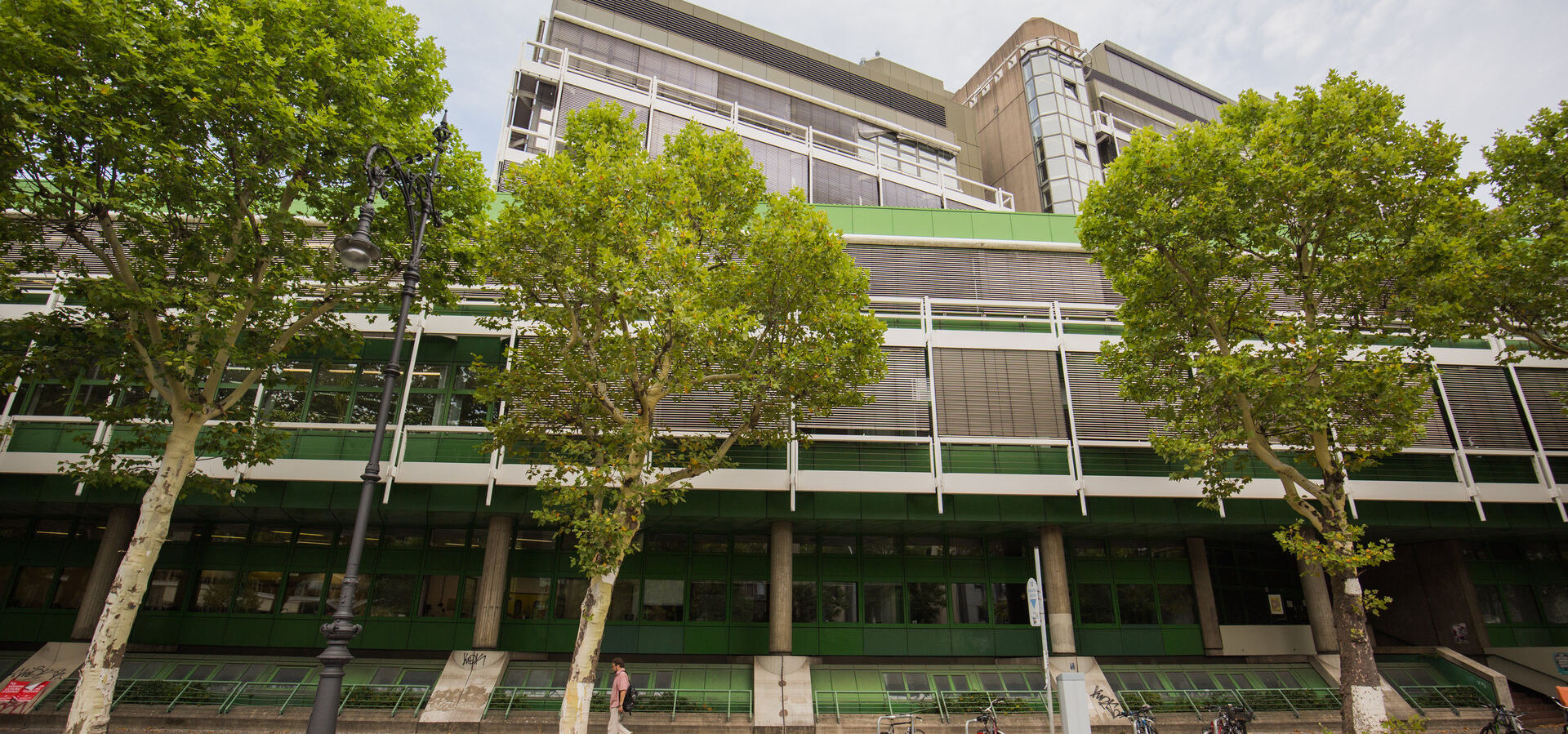Standort
Kontakt
Prof. Dr.
Michael Kneissl
Geschäftsführender Direktor
| Sekretariat | EW 5-1 |
|---|---|
| Raum | EW 638/9 |
 © Oana Popa-Costea
© Oana Popa-Costea
Prof. Dr.
Michael Kneissl
Geschäftsführender Direktor
| Sekretariat | EW 5-1 |
|---|---|
| Raum | EW 638/9 |